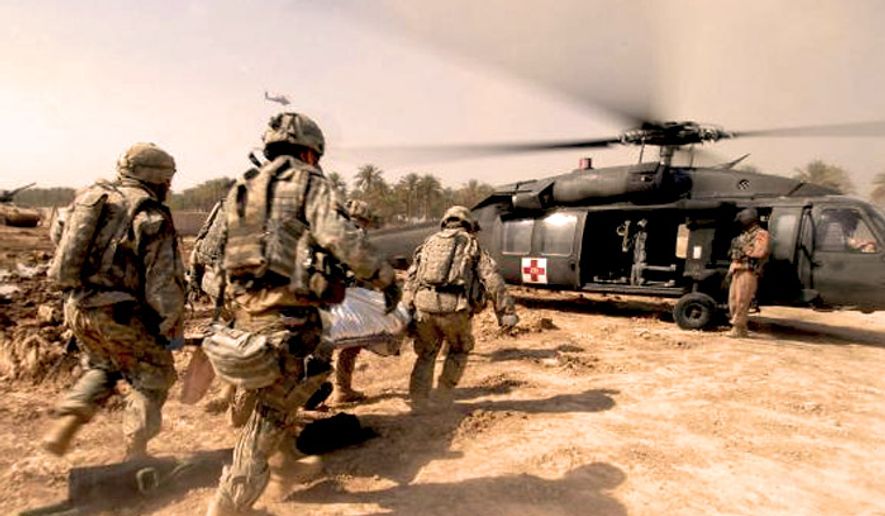The U.S. military has begun moving rescue helicopters to northern Iraq to shorten the amount of time it takes to recover pilots who end up in parts of Iraq and Syria that have been overrun by Islamic State militants, according to Pentagon officials.
Defense Department spokesman Army Col. Steve Warren announced Friday the equipment shuffle at the Pentagon, but declined to specify how many or what type of military aircraft had been repositioned. A senior military official familiar with coalition operations said two to five Sikorsky HH-60 Pave Hawk helicopters had been relocated to northern Iraq.
The change in U.S. military rescue operations comes not long after the United Arab Emirates, a member of a U.S.-led international campaign to stamp out Islamic State militants in Iraq and Syria, stopped participating in coalition airstrikes out of concern that search-and-rescue airplanes were incapable of rapidly reaching pilots in distress.
The United Arab Emirates is one of only six countries dropping bombs in Syria.
Concerns about rescue operations cropped up after a Jordanian pilot crashed his jet in Syria in December. The pilot, 1st Lt. Moath al-Kasasbeh, was captured by Islamic militants, who locked him in a cage and burned him to death in January, then released a video of the killing earlier this week.
Troops who conduct search-and-rescue need to be prepared to depart on a mission within 30 minutes of being informed that a coalition member is missing, a second military official said. Aircraft need to be positioned nearby because although a missing pilot elicits a rapid rescue response, getting to the location is sometimes hampered by distance, the official said.
• Maggie Ybarra can be reached at mybarra@washingtontimes.com.




Please read our comment policy before commenting.